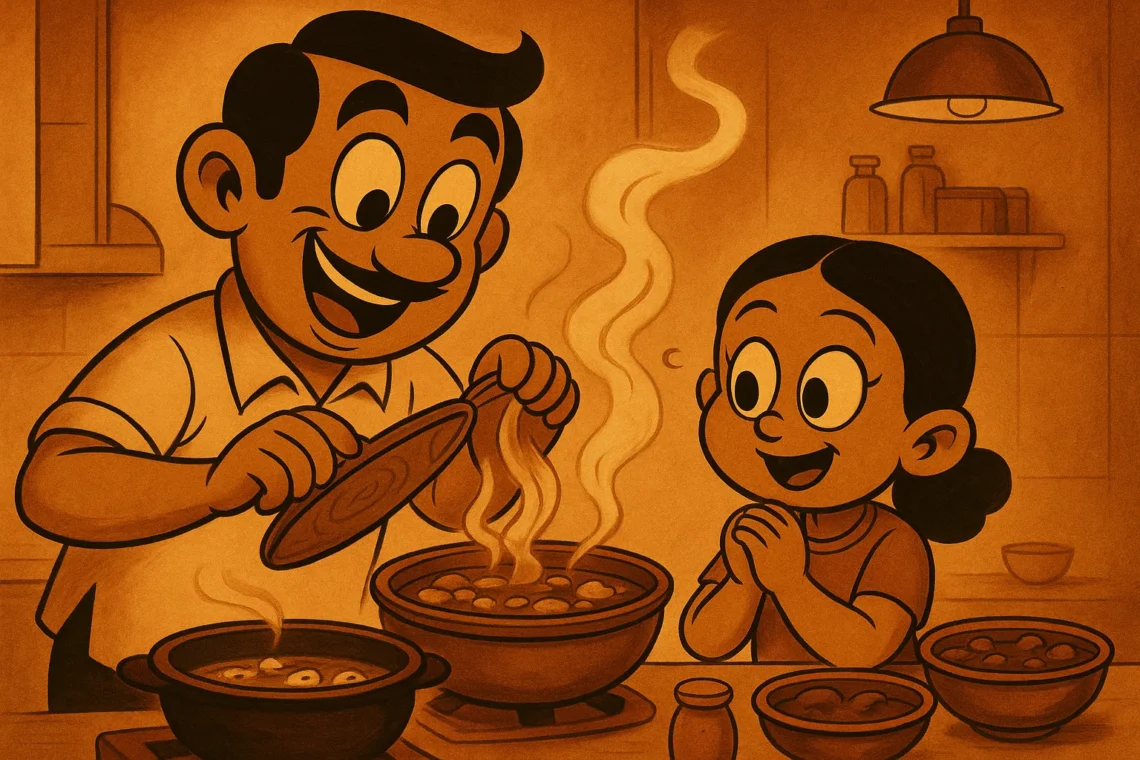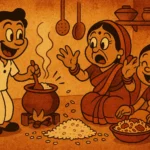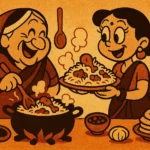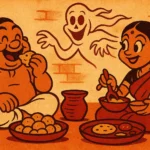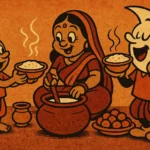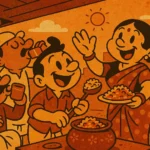Ask any Indian immigrant about the first thing they packed when they moved abroad, and chances are, the answer won’t be clothes or documents. No, the most treasured possession for many of us is the masala dabba—that humble, circular spice box filled with the heart of Indian cooking. It’s not just a container; it’s a piece of home, a symbol of continuity, and a link to the food and flavors that shape our identity.
When I moved from Mumbai to Austin, Texas, I was prepared for the changes—the wide streets, the sprawling malls, and of course, the unfamiliar food. But what I wasn’t ready for was the silence that followed. There was no whiff of *jeera* spluttering in hot oil, no fragrant hint of *garam masala* in the air. That was when I realized how much I relied on my spices—how deeply intertwined they were with my memories, my rituals, and my sense of comfort. And that’s when I made sure to pack my masala dabba, carefully filled with all the essential spices: turmeric, cumin, coriander, chili powder, and that one unique blend of *garam masala* that my grandmother swore by. It was the first thing I set up in my new kitchen—my own little piece of India, even if everything else felt so different.
The Journey of the Masala Dabba
The masala dabba doesn’t just travel with you; it carries memories across borders, generations, and time zones. In India, it’s not just a box; it’s a family heirloom, often passed down through generations. You inherit the spices, the traditions, and the way to use them. The masala dabba itself, often a wooden or steel round box with 7-8 small containers, tells you everything you need to know about the person who owns it. Some dabbas are pristine, with neatly labeled containers. Others are worn and chipped, each dent telling a story of years of use. It’s this sense of personal history that makes the dabba such a powerful object.
But it’s more than just an object of nostalgia—it’s the very heart of Indian cooking. The spices in a masala dabba are more than just flavoring agents; they are the building blocks of every dish, the foundation of an entire culinary tradition. Each spice plays a specific role: turmeric for warmth and color, cumin for earthiness, coriander for citrusy freshness, chili for heat, and *garam masala* for complexity. With a masala dabba in hand, you are equipped to recreate the flavors of home, no matter where you are.
The Spice That Grounds You
When you move to a new country, the unfamiliarity can feel overwhelming. There are new languages to learn, new customs to adapt to, and, most of all, new foods to discover. For many immigrants, cooking becomes the first and most intimate way to bridge this gap. But as anyone who has tried to recreate their childhood favorites outside of India knows, there are always obstacles. Some spices aren’t available. Others don’t taste quite the same. And then there’s the *tadka*, that sizzling tempering of mustard seeds, cumin, and curry leaves that can’t seem to capture the same depth without the familiar sounds of the Indian kitchen. But the masala dabba, packed with familiar flavors, can make it feel like a small piece of home is right there in the kitchen with you.
In Austin, I found myself constantly reaching for my masala dabba—not just to cook, but to feel connected to my roots. It’s the same for many others. Whether you’re in London, New York, Sydney, or Toronto, the masala dabba is a silent partner in creating a sense of belonging, of continuity, even when everything else seems unfamiliar. It’s a reminder that no matter where you are, you can always recreate the food that forms the foundation of your identity.
Sharing a Taste of Home
The magic of the masala dabba doesn’t stop at the home kitchen. In the diaspora, it often becomes an icebreaker, a way to connect with fellow Indians, or even to introduce local friends to the world of Indian flavors. When I cook for friends in Austin, I often find myself explaining the significance of the masala dabba. “This is cumin,” I’ll say, as they wonder why I’m holding a tin full of golden seeds. “And this is the secret to a good curry—*garam masala*.” The excitement in their eyes when they taste something familiar, made with the right spices, is always a reminder of how deeply food connects us.
But the masala dabba is also a reminder that food is meant to be shared. In Indian culture, cooking is an act of love and hospitality, and there’s always a space at the table for one more. And the masala dabba, with all its fragrant spices, ensures that every meal is infused with that spirit of warmth and generosity. It doesn’t matter if you’re serving a quick dinner for yourself or preparing a feast for friends; the masala dabba is a key ingredient in creating that sense of connection.
The Unchanging Ritual
Even as I live miles away from India, the ritual of cooking with my masala dabba has remained unchanged. Every time I open the lid, there’s that rush of familiar aromas—turmeric, coriander, cumin—and I’m instantly transported back to my childhood kitchen, where my mother would stand over a hot stove, teaching me the importance of each spice. In some ways, that act of opening the dabba is like opening a time capsule, filled with memories, stories, and flavors that I carry with me every day.
The masala dabba isn’t just a container for spices—it’s a container for memories. It’s a testament to the continuity of culture, the persistence of tradition, and the ability of food to transcend borders. It’s a small, round box that holds the vastness of India within it. And as long as we continue to carry it with us, it will continue to shape our meals, our memories, and our connections to each other.
Born in Mumbai, now stir-frying feelings in Texas. Writes about food, memory, and the messy magic in between — mostly to stay hungry, sometimes just to stay sane.

